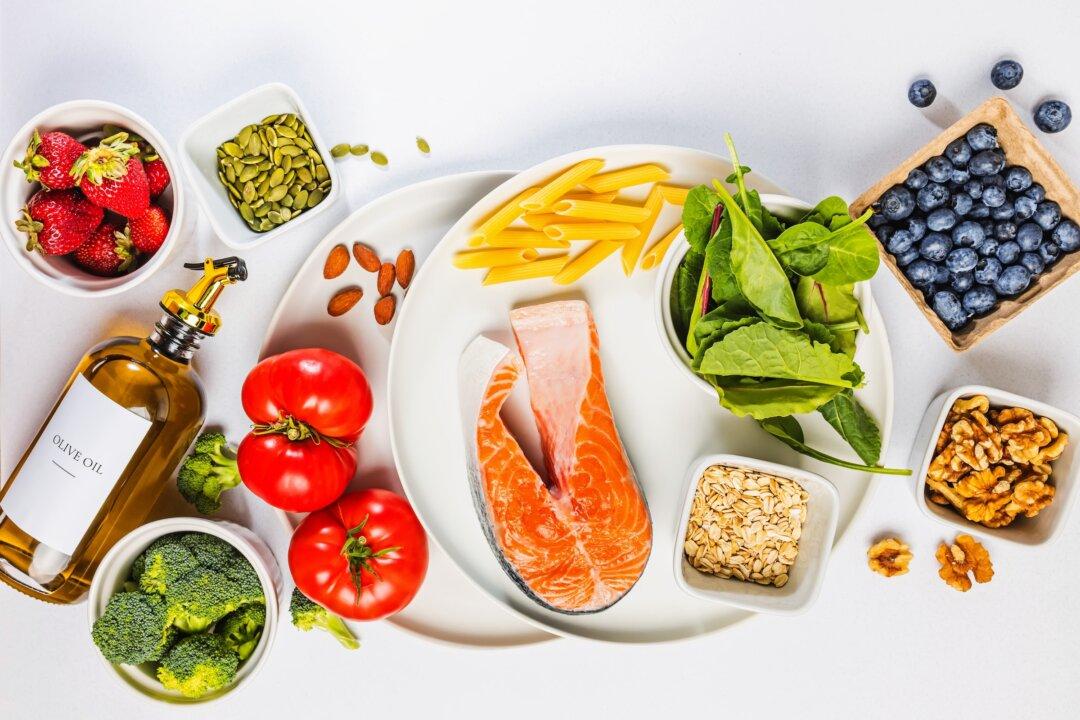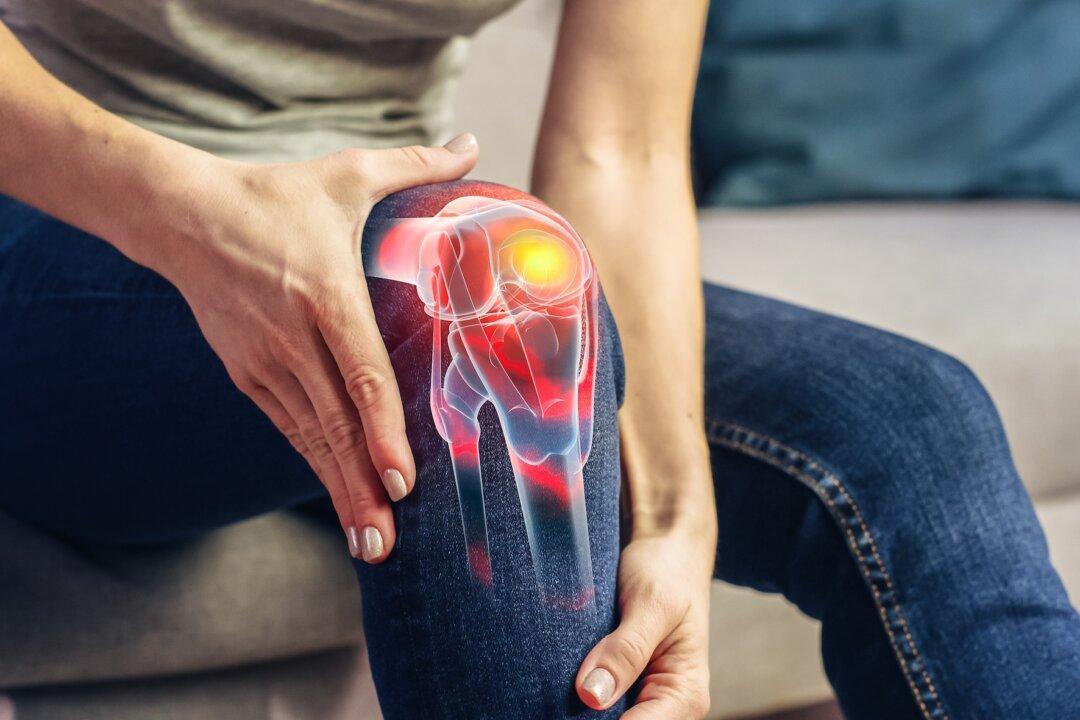The SPRINT study shows that lowering systolic blood pressure to less than 120 rather than just below 140 reduces risk for heart attacks, heart failure and strokes by 33 percent and of death by 25 percent (NIH Press Releases). The Systolic Blood Pressure Intervention Trial (SPRINT) followed 9,300 men and women, ages 50 and over, who were at high risk for heart disease or already had kidney disease. The results were so dramatic that the study was stopped early. The report will be published soon.
More than half of people who are treated with medication for high blood pressure do not get their systolic blood pressure below 140. If doctors follow the findings of this study they should save lots of lives. However, they should do more than just prescribe more drugs. Lifestyle changes are even more effective than drugs to lower blood pressure, without the many side effects of the medications.





